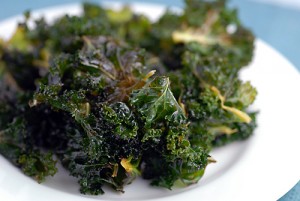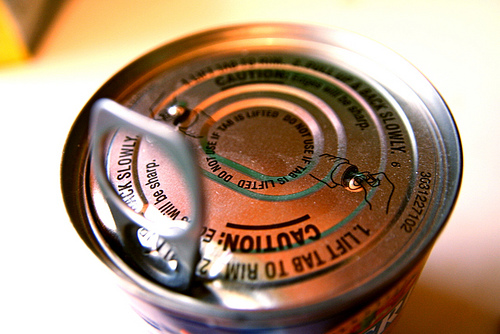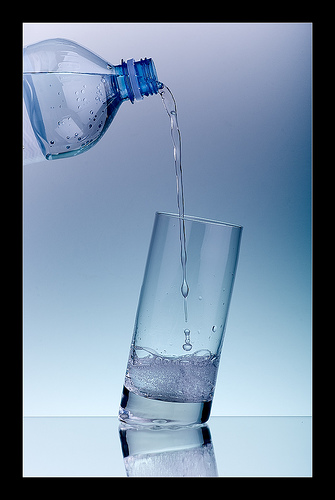Now that the kids are home with me for the summer, I am finding lots of opportunities to experiment with new, healthy snacks. During the school year we are much more limited in our choices, either because it has to be something they can take with them to school or because we are often on the go and the snack needs to be portable.
Although if your family is anything like mine you find that within your summer you have both extra time and energy and less because of all that you are trying to fill into that space! So the snacks that we have been trying have been been also both labor intensive and conducive to the extra time of staying at home and playing in the backyard or are perfect for those times when we are running out the door to catch the summer reading program at the library.
A few organic and healthy snacks for kids:
Trail Mix.
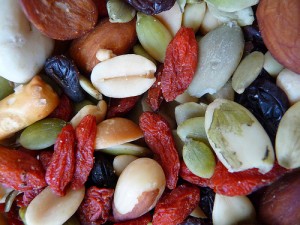 photo credit: flickr
photo credit: flickr
During the school year we got in the habit of buying trail mix at the store as a quick and easy snack, but I found that all too often they were eating the chocolate and leaving the rest. I was on a mission to use better ingredients that would still be healthy and my kids would actually eat.
I think they key to anything with kids is to include them in the process. We made a list of ingredients that we could use for trail mix. Each week we select several and make a big batch that we can snack at home or put in containers to take on outings.
Sample of ingredients to try (opt for local and organic whenever possible):
| banana chips dried apples dried cherries dried blueberries dried pineapple dried mango raisins coconut shreds |
peanuts cashews almonds sunflower seeds pumpkin seeds pistachios pretzels homemade popcorn |
sparingly: chocolate chips breakfast cereal chocolate covered raisins yogurt covered raisins yogurt covered pretzels |
Kale Chips.
photo credit: flickr
I was pleasantly surprised when my kids ate these up like they were going out of style. There are lots of different variations, but the simplest recipe usually calls for kale (washed, dried, and torn into bite-sized pieces with the stems off) tossed with olive oil, sprinkled with a small amount of salt, and baked on a cookie sheet at 350 for about 15 minutes.
Frozen Fruit.
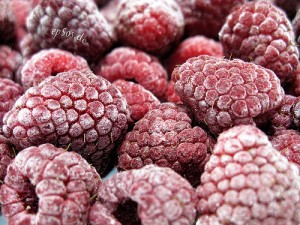 photo credit: flickr
photo credit: flickr
Simple. Easy. Healthy. Delicious. Our favorites this year have been frozen grapes and frozen blueberries, but just about any fruit can become a frozen treat. Put them on kabobs or eat them plain.
Green Smoothies.
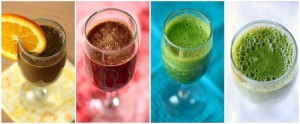 photo credit: flickr
photo credit: flickr
I have just begun experimenting with these on a larger scale for my own diet, so it makes sense to try to incorporate them into my kids’ diet. I think of this as an easy way to add more green veggies and a larger variety of fruits, veggies, and sometimes “superfoods” because even though we generally eat healthy meals, they still go through picky stages (some more than others).
I don’t really like the idea of trying to trick my kids into eating, or drinking, something healthy. I want them to realize that healthy food tastes good, even if you have to hide a strong flavor with strawberries. So they are aware of what is in each smoothie and I let them help with the preparations and help decide on ingredients. One thing I love about the smoothies is the chance to try new combinations each time.
If you like to use tried and true recipes like I do, there are lots of fabulous resources. I found several books available at my local library that I was able to use to develop a sense of what I like and what works best for my family. I know that there are lots of online resources as well.
Sample of ingredients to try (opt for local and organic whenever possible):
| greens | fruit | superfoods* |
| kale red chard spinach swiss chard romaine celery collard greens parsley butter lettuce endive arugula cabbage |
apple banana blueberries grapes kiwi lemon mango orange pear peach pineapple strawberries |
avocado bee pollen nutritional yeast chia seed coconut oil or milk flax oil ginger spirulina plain, full-fat yogurt raw almonds raw cashews |
* I am still learning about these “superfoods” and recommend that everyone do their own reading and/or consult a doctor on the benefits and precautions before adding any to your smoothies.
I have found that my kids do best with a 50-50 mix of greens and fruits, or slightly heavier on the fruits, and some kind of fat (coconut milk or yogurt are favorites). Today we made one with red chard, blueberries, banana, coconut milk, chia seeds, and ice. They asked for seconds.
What is your favorite summertime snack? I am sure we will need more inspiration as the weeks go on!

